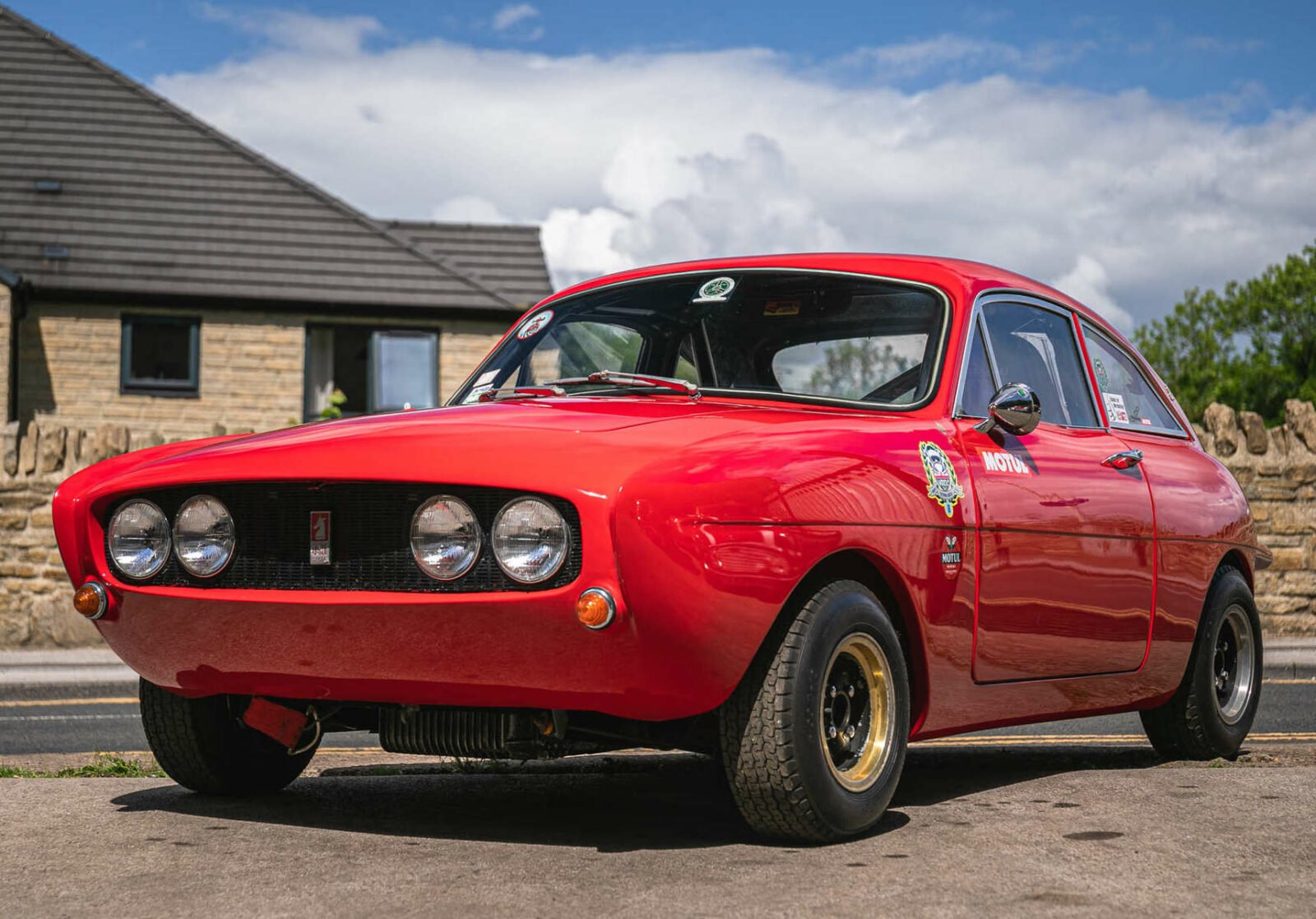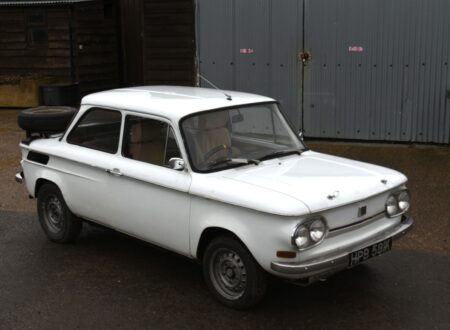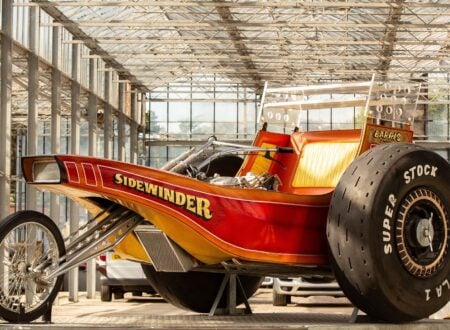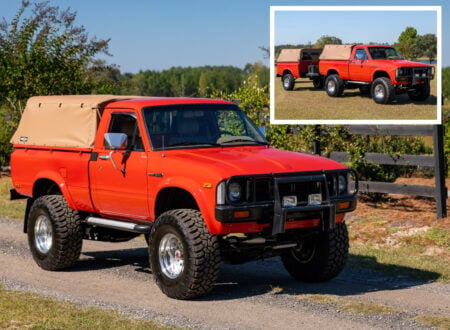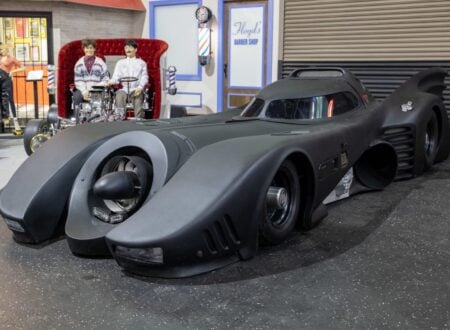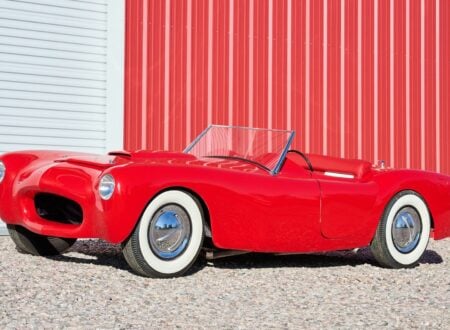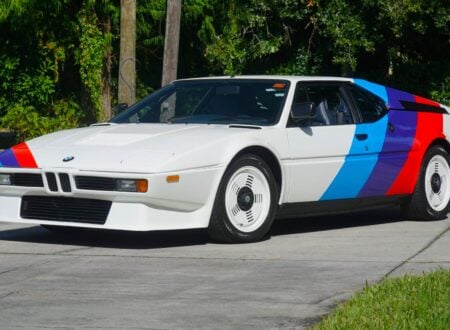This is the original 1962 Ogle SX1000 factory demonstrator, it’s a historically notable vehicle for a few reasons but perhaps mostly because it was used by Sir John Whitmore on a tour of the United States to drum up orders for the unusual Mini-based car.
The Ogle SX1000 was designed by David Ogle of Ogle Design, it has a fiberglass body and uses the platform and drivetrain of the longer wheelbase van-variant of the Mini. David Ogle would be responsible for designing and building a slew of interesting vehicles, the most famous of which is almost certainly Luke Skywalker’s XP-34 Landspeeder from Star Wars: A New Hope.
Fast Facts – The Ogle SX1000
- The Ogle SX1000 is one of the better-known of the limited production cars based in the Mini platform, other cars in this genre include the Broadspeed GT, Mini Marcos, Mini Jem, Radford, Unipower GT, and the Cox GTM.
- Designed by celebrated industrial and automotive designer David Ogle of Ogle Design, the Ogle SX1000 featured a full fiberglass body. It was based on the longer wheelbase Mini Van platform, and used the Mini’s drivetrain, suspension, and brakes.
- David Ogle was responsible for a number of significant designs including the influential Bush TR82 portable radio, the Chopper bicycle for Raleigh, the Bond Bug three-wheeled car, the Leyland TX450 1986 technology demonstrator truck, and most famously, Luke Skywalker’s XP-34 Landspeeder from “Star Wars: A New Hope.”
- The Ogle SX1000 you see here is a special example as it was retained by the factory and used by Sir John Whitmore on a tour of the United States to drum up orders for the unusual Mini-based car. It’s now been fully restored and it’s being offered for sale.
The Ogle SX1000
The Ogle SX1000 was a member of a unique class of small cars that began appearing in England in the early 1960s – custom vehicles based on the unusual platform offered by the Mini. Now, much has been written about the Mini and its innovative use of a transversely-mounted inline four driving the front wheels – it was so influential that the same fundamental layout is now used by the vast majority of the world’s compact cars.
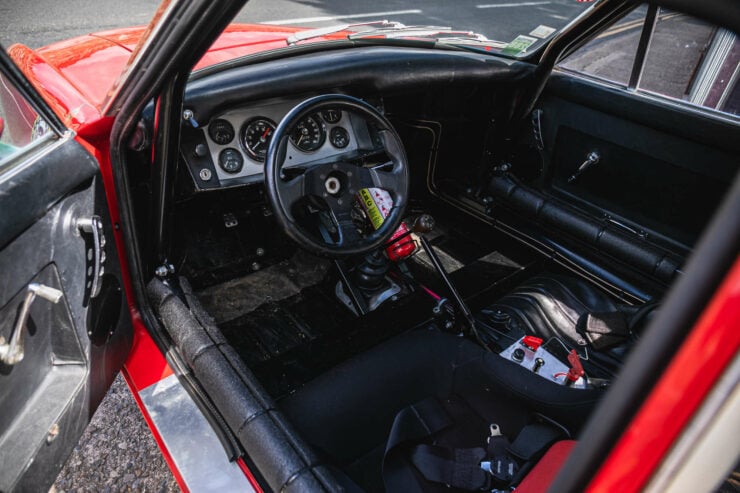

One other benefit to the Mini’s design is that the entire front end including the engine, transmission, suspension, and brakes can be removed and used to power other cars – some have even turned the assembly around and used it to create a twin-engined, all-wheel drive Mini.
Britain’s bustling garatise community quickly embraced the Mini, and the more sporty Mini Cooper version. Cars based on either the Mini, the Mini drivetrain, or the Mini platform began springing up including the Broadspeed GT, Mini Marcos, Mini Jem, Radford, Unipower GT, Cox GTM, and the car you see here, the Ogle SX1000.
Of these, the Ogle SX1000 was one of the most comprehensive and certainly one of the most memorable. David Ogle of Ogle Design, already an experienced car designer, penned a sleek new fiberglass body for the car that had a longer wheelbase than the standard Mini, as it was based on the Mini Van platform.
The SX1000 was named for the 1000cc (actually 998cc) engine used, with the “SX” presumably being designed to subtly remind buyers of sex, a common naming convention that persists on production sports cars to the modern day.
Building The SX1000
Prospective customers who wanted to order an Ogle SX1000 initially had just one option, supply a donor car to Ogle Design who would then build it for them for approximately £550. This wasn’t far off the price of a new Mini Cooper at the time, but despite this there were plenty of takers.
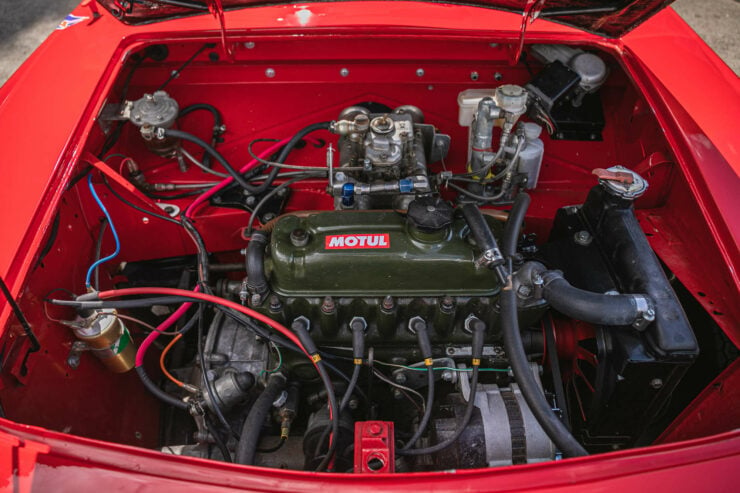

After ongoing negotiations with BMC, David Ogle managed to secure a supply of factory-new components for the SX1000 and then for the first time was able to offer brand new cars – the only caveat from BMC was that they couldn’t be branded as “Minis” in any way shape or form.
Buying a brand new SX1000 would set you back £1,190, which was a significant figure at the time, but despite this orders rolled in and the company was producing six of them at week at peak production.
Sir John Whitmore’s Plan For America
One of these production cars was taken off the assembly line and assigned to fellow company director and respected racing driver Sir John Whitmore.
Whitmore’s plan was to take the car to the United States and drum up orders for it, perhaps even a dealership or two. The 998cc version of the SX1000 was perfectly suited to racing in the popular sub-1000cc class – as it did with no small amount of success in Britain.
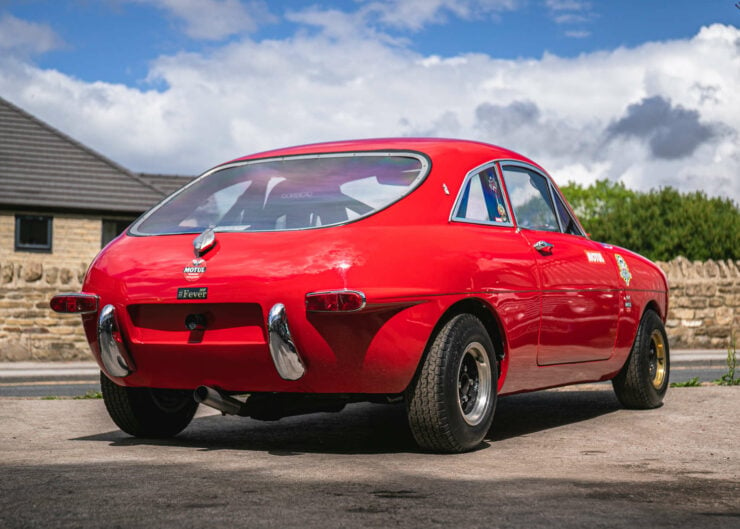

The car he took for this mission was the one you see in this article a bright red 1962 Ogle SX1000 that was sure to turn a few heads on the other side of the Atlantic. Sadly, Whitmore’s efforts were all for nought. Americans often tend to like their cars big, noisy, and powerful, and the little Ogle was none of those things.
The trip went so poorly in fact that Whitmore needed to sell the car just to pay for his airfare home. It would be not long after this that tragedy struck Ogle Design, David Ogle was killed in 1962 in a traffic accident while driving an Ogle Mini GT to Brands Hatch circuit where he was going to demonstrate the car.
Ogle SX1000 production would draw to a close shortly thereafter, approximately 69 had been built in total and it’s believed that fewer than a dozen have survived to the modern day.
1962 Ogle SX1000 Shown Here
The car you see here is the above mentioned factory demonstrator that was taken by Sir John Whitmore to the United States. After he had sold the car to raise funds it had been used in local sprints and some SCCA events, before passing through the hands of a few dealers, and eventually becoming the personal race car of Mr and Mrs Gretkorp in Florida.
They would keep the car in their impressive stable of historically significant Minis, including an ex-Paddy Hopkirk Sebring-winning Mini Cooper S. After 25 years of ownership they sold the Hopkirk Mini and the Ogle to a collector in Cincinnati, though he only wanted the Mini and sold the Ogle off to its current owner.
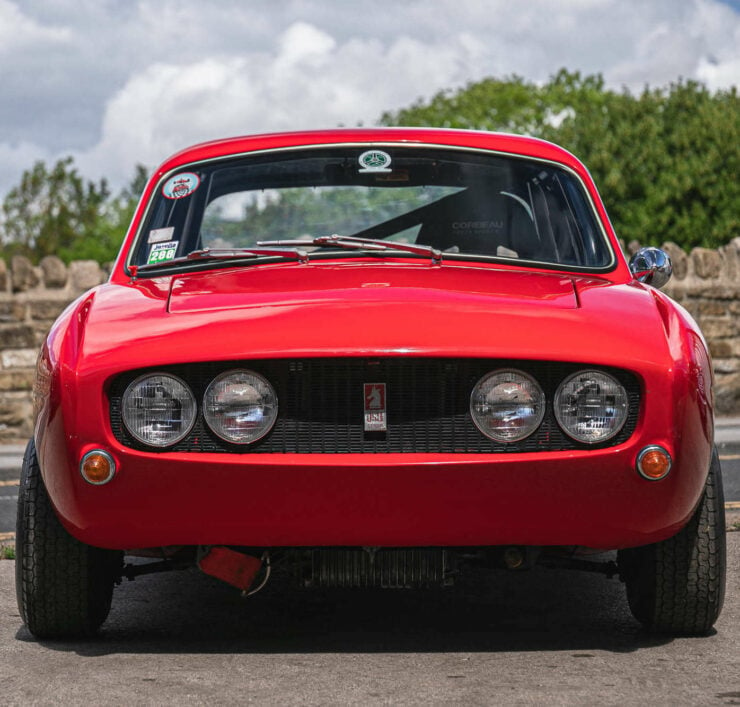

The car was then returned to England and given a complete restoration to correct, period-racing specification with a roll cage, a hi-back drivers seat, extinguisher, etc. and it retains its correct 998cc Mini Cooper engine.
The work and SCCA records, as well as its history and place in the global Ogle register are all in the history file, along with photographs of it competing in the USA and during its extensive restoration.
The car is now due to roll across the auction block with Iconic Auctioneers on the 25th of August with a price guide of £45,000 – £55,000 which works out to approximately $57,100 – $69,800 USD. If you’d like to read more about it or register to bid you can visit the listing here.
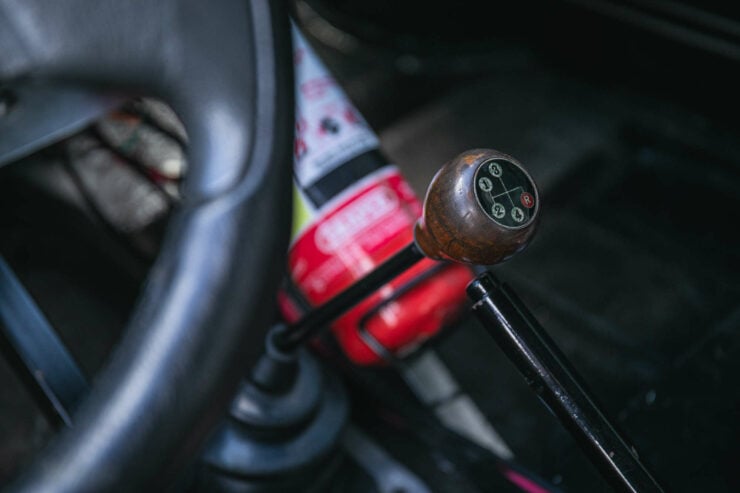

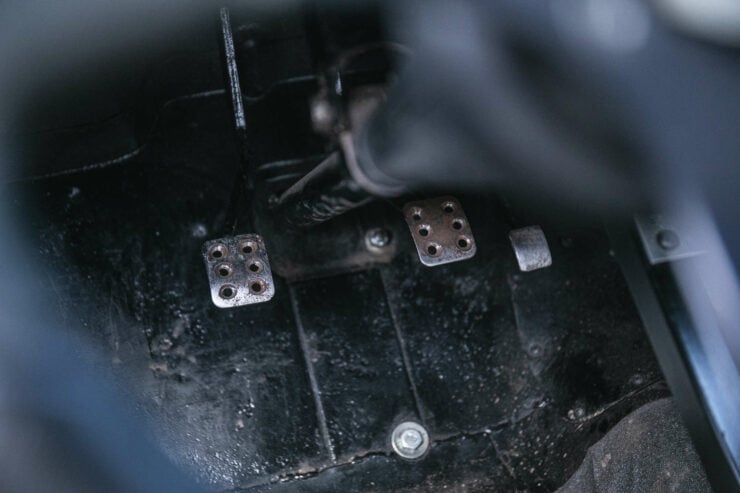
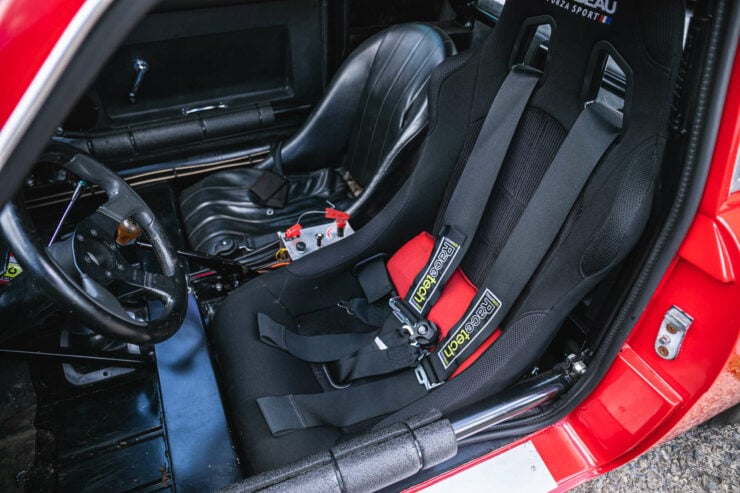
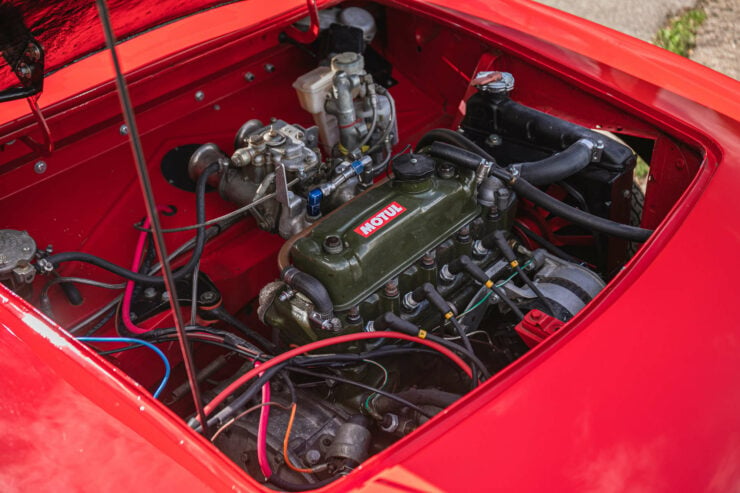

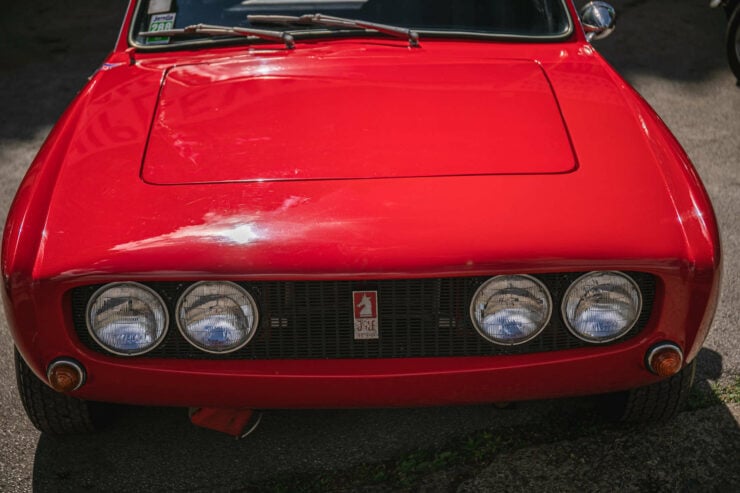
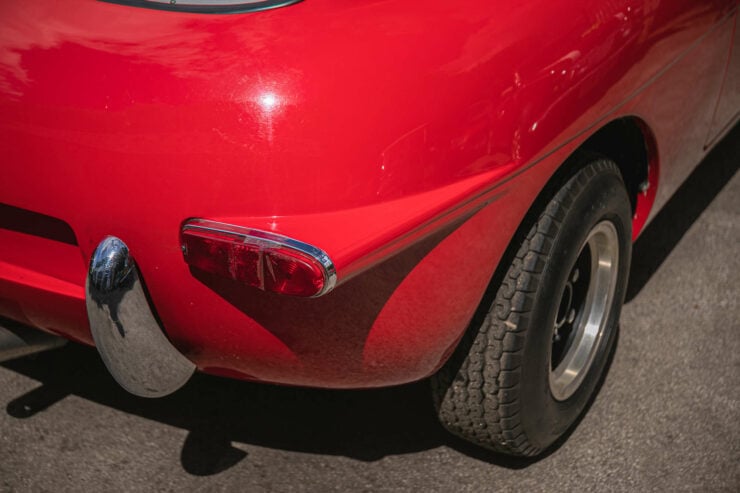
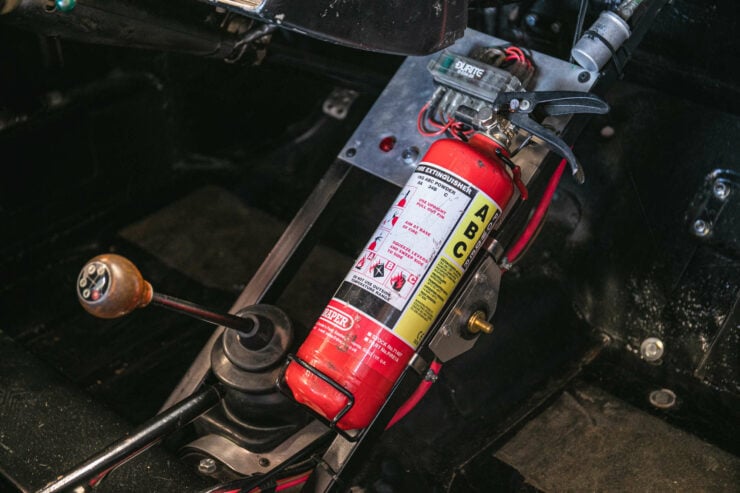
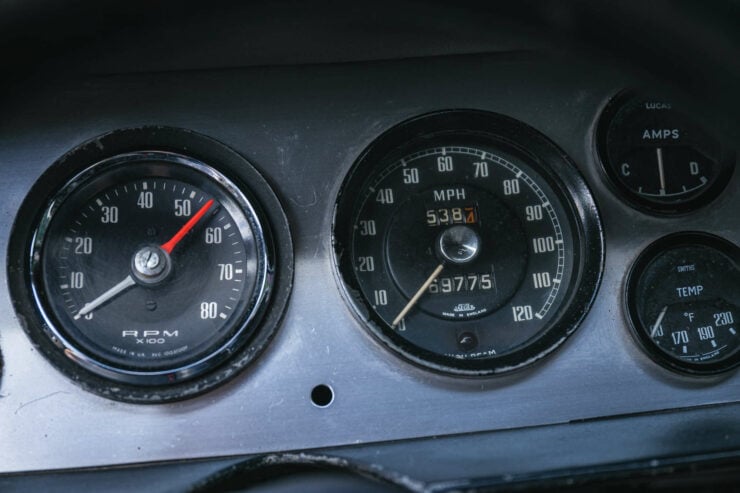
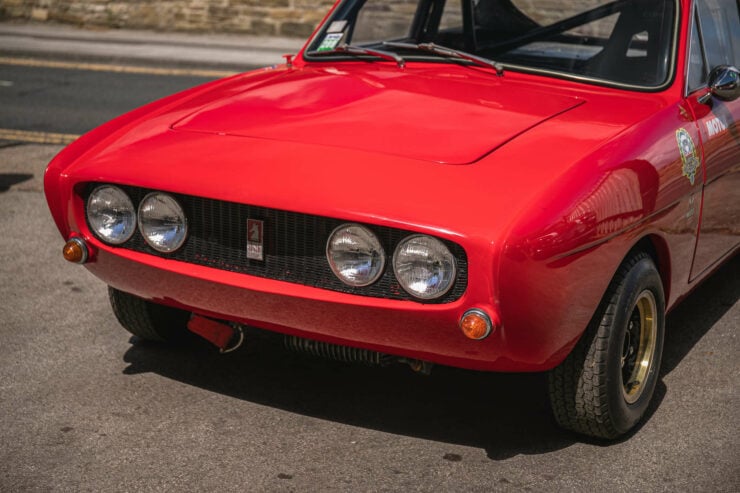
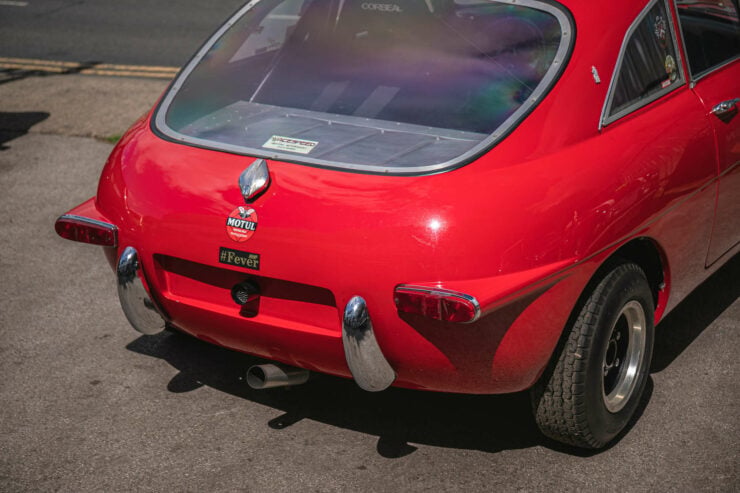
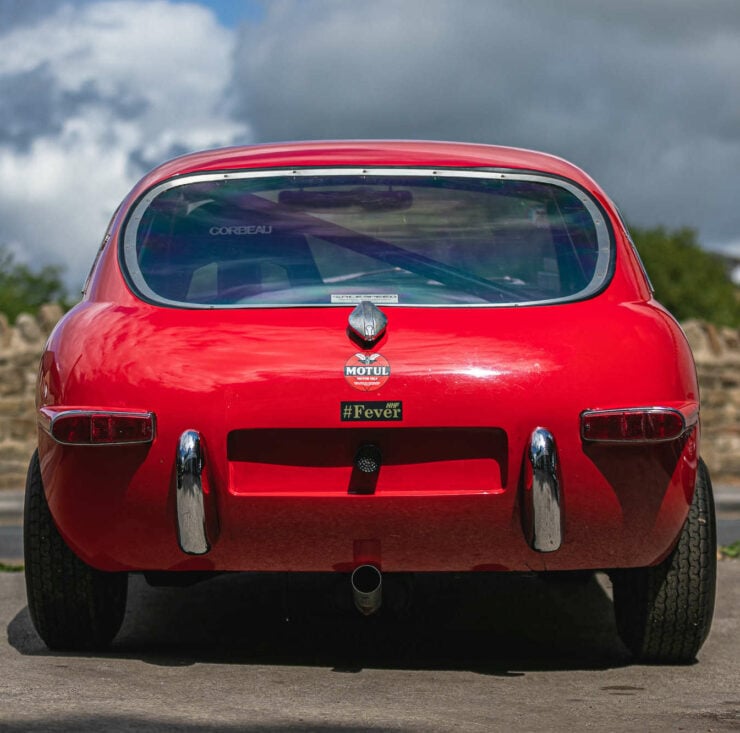
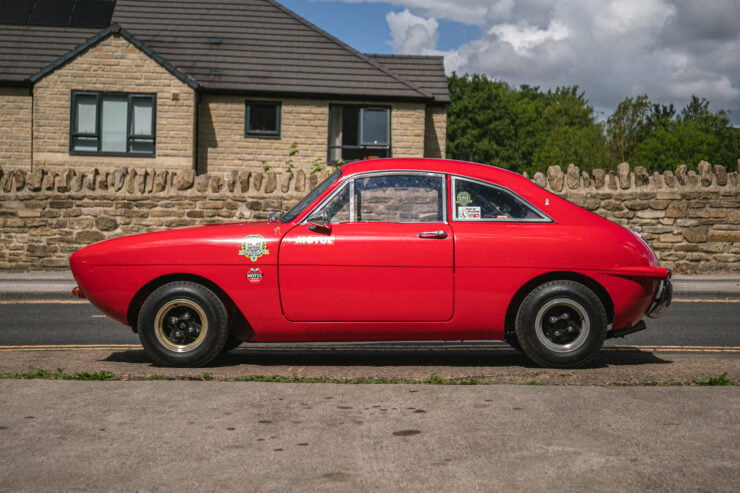
Images courtesy of Iconic Auctioneers

